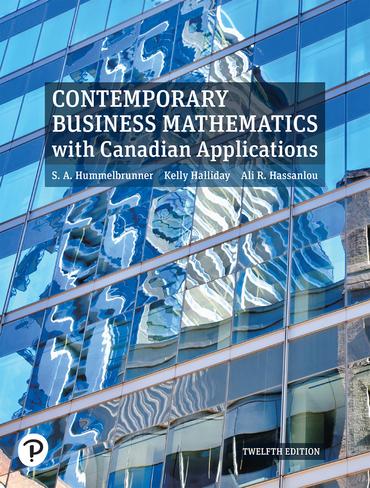Question
Response:A population I would be interested in studying are residents in the apartment complex I live in. Two variables that I could consider would be
Response:A population I would be interested in studying are residents in the apartment complex I live in. Two variables that I could consider would be age of the residents as well as if they own a pet. I have a pet myself, and since the apartment complex is pet-friendly, I want to see what age majority owns a pet. Age would be considered quantitative and discrete, and owning a pet would be considered nominal since it is determining a qualitative value for a group of people.
I predict that the majority of ages in my apartment complex would be between 20-40 years and have a rather minimal spread. This is because those who are under 18 typically cannot rent, and many individuals who are over 40 own a home. Observing the maximum and minimum ages would be important for this data set to account for any outliers, as well as finding the mean age of those who own a pet as well as those who don't own a pet to determine the average age for each. I am also predicting that overall more residents will own pets, regardless of age, than those who don't because pet-friendly apartment complexes are hard to find and are not considered typical in the area where I live. I think a good visual representation for this data set would be to display different age ranges and show numerically the amount of people who own a pet as well as the amount of people who don't own a pet for each age group.
In order to create a display for these variables, I would use a double bar graph that shows the number of people who own a pet in one color and number of people who don't own a pet in a different color for specific age intervals. The x-axis would display the age intervals and the y-axis would be number of residents. Depending on the data I gather, if there is a narrow age range of residents I would have the age intervals be relatively small (ex. 20-23, 24-27...), or increase the age intervals if the range of ages is broad (ex. 20-28, 29-37...). I think this is the best way to display the data I am collecting because I want to see if there is any correlation to age and owning a
from the response choose a third variable you might be interested in studying in their population and explain why. Discuss what statistics and visualizations you would expect would summarize its distribution. What features of its distribution would you want to examine?
Is this third variable likely related to one of the other variables already discussed? If so, what relationship would you hypothesize? Which is the predictor and which is the response variable? What visualization might illustrate this relationship well?
Step by Step Solution
There are 3 Steps involved in it
Step: 1

Get Instant Access to Expert-Tailored Solutions
See step-by-step solutions with expert insights and AI powered tools for academic success
Step: 2

Step: 3

Ace Your Homework with AI
Get the answers you need in no time with our AI-driven, step-by-step assistance
Get Started


